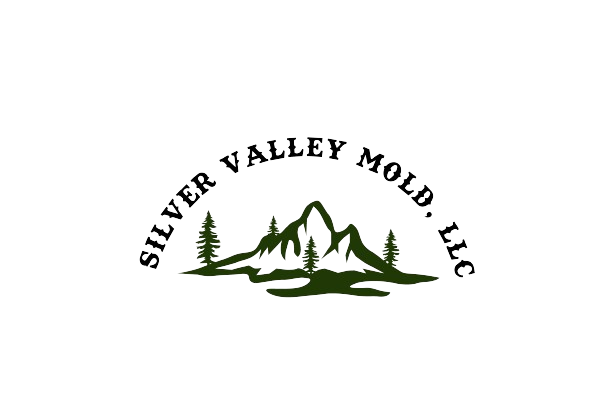Moisture Prevention Basics
Heading into the wet season it’s a good idea to inspect our home’s systems to reduce moisture and humidity. Kellogg averages 153 days of precipitation and it’s important for us to manage where all of that water is going.
In general, our roof is the first line of defense to direct moisture. Aging or mossy roofing material can lead to leaks which can go hidden for long periods of time. Often long enough that mold can grow rampant before showing obvious signs. Gutters and downspouts are important and directing rain and snow melt away from structures. Gutters need to be cleaned out of any debris that has accumulated throughout the past few months. Downspouts should be engineered in a way to direct water away from our foundation. We recommend directing water at least 10’ away from the building’s exterior walls.
Ventilation is important both in attics and crawlspaces. Humidity can rise in areas where temperature’s clash. Such as in the Winter, when we heat our homes but attics and crawlspaces remain cool. Proper insulation plays a part to reduce the temperature clash and should also be inspected. Together, insulation and ventilation work together to reduce humidity in what is normally a confined space. In areas where high humidity is still found even after other precautions, dehumidifiers can be installed to guarantee that humidity levels stay exactly where you want them.
Drainage around our home is very important, especially if gutters are not present. We recommend sloping a 1” drop for every foot away from exterior walls for the first 8-10 feet. French drains or other engineered water removal systems can adequately remove unwanted water where sloping is not an option. The goal is to limit what structural members are exposed to and in the case of crawlspaces, reduce the amount of moisture getting under our homes. Moisture barriers should also be inspected or installed if you do not have one. Removing snow from the perimeter of buildings is a quick way to remove some moisture.
During and after heavy rain is a great opportunity to get out and watch how your house does. Watch where rain comes and goes, especially if living on a sloped property. Look for signs of moisture intrusion inside, dampness or discoloration. Check for proper insulation of your home and your plumbing to prohibit bursting pipes. A couple hours can save you tons of time and money down the road. Which means more time you can spend enjoying the outdoors this Winter!
